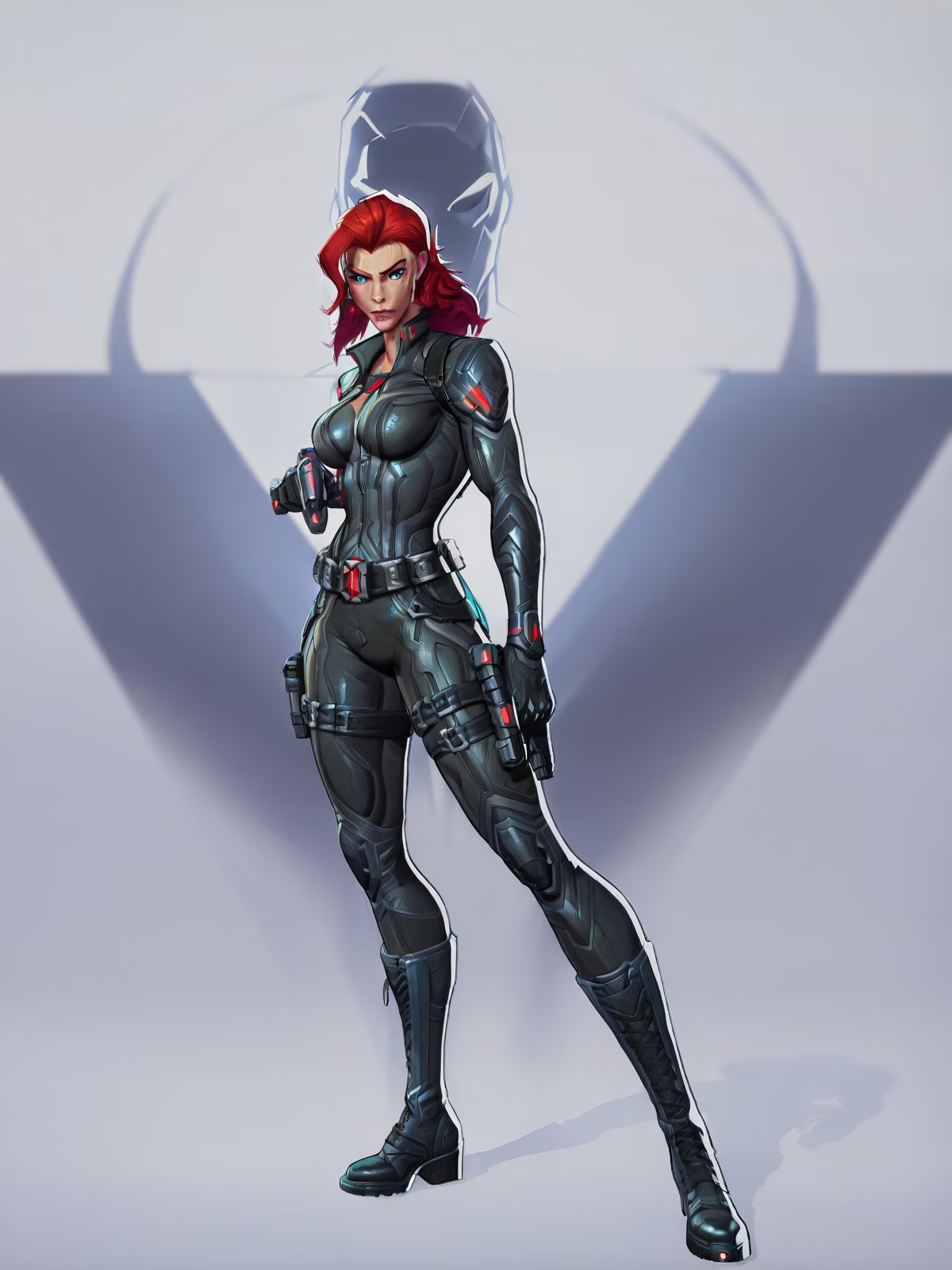Since its explosive launch, Marvel Rivals has cemented itself as a top contender in the hero shooter genre. While its vibrant roster of heroes and unique Team-Up skills are often in the spotlight, one of the most debated and innovative features is its approach to level design. The discussion around Marvel Rivals marvel rivals maps moving elements has been constant, with players analyzing how these dynamic battlegrounds fundamentally change the flow of every match. It's a design choice that sets the game apart, but is it for the better?
What Exactly Are 'Moving Maps'?
When players talk about the moving maps in Marvel Rivals, they're usually referring to two distinct but related concepts. First, there are the destructible and evolving environments. Battlefields like Yggsgard and Tokyo 2099 don't stay static. Bridges can be shattered, cover can be obliterated, and entire sections of the map can change mid-match. This forces teams to constantly reassess their positions and strategies on the fly. You can't hold the same angle for the entire game, because that angle might not exist in a few minutes!
Secondly, and perhaps more impactfully, is the Convoy game mode's objective. Unlike traditional payload modes in other shooters where a player must physically stay on the cart to push it, Marvel Rivals introduces a brilliant twist. Once the attacking team secures the objective by occupying it for a short period, it begins moving on its own. This small change has massive strategic implications.

A Strategic Shake-Up or Just Chaos?
The community's feelings on these dynamic elements are definitely mixed, but the strategic depth they add is undeniable. Let's break down the impact:
-
Freedom for Attackers: The self-moving payload is a game-changer. Attackers are no longer handicapped by having to dedicate one player to "cart duty." This frees up the entire team to engage in the fight, push forward, and control space. It helps to offset the natural advantage defenders often have, especially on final points.
-
Constant Adaptation: The destructible environments prevent gameplay from becoming stale. Teams can't rely on the same old choke points and defensive setups in every match. A well-placed ultimate from a Hulk or Iron Man can create a new flank route, completely turning the tide of battle.
-
A Steeper Learning Curve: For some players, the constant changes can be disorienting. As one player noted, the map changes can sometimes "throw me all out of wack," leading to a temporary dip in performance. It adds a layer of randomness that can be frustrating if you're not prepared for it.
So, does this design create a more engaging experience? For many, the answer is a resounding yes. It rewards awareness and adaptability over rote memorization of map layouts.
How It Stacks Up Against the Competition
The most obvious comparison is to games like Overwatch 2. For years, Overwatch players have debated the fairness of payload mechanics, where attackers often feel like they're playing a 4v5 while someone pushes the objective. Marvel Rivals directly addresses this long-standing issue. This innovation is so significant that many players from other games have pointed to it as a feature their favorite shooter should adopt.
Of course, no game is perfect. While the moving maps in Marvel Rivals are praised for their innovation, other aspects of the game, like competitive matchmaking, have faced criticism from the community. Some players have reported frustrating win or loss streaks, desiring more consistently balanced matches. This context is important; it shows that while NetEase has pushed the envelope with its map design, there are still areas for improvement as the game continues to evolve in 2025.
The Future of Dynamic Battlefields
Ultimately, the moving and destructible maps in Marvel Rivals represent a bold and exciting direction for the hero shooter genre. They challenge veteran players to think differently and create a constantly engaging, unpredictable battlefield. The auto-moving payload, in particular, feels like a genuine quality-of-life improvement that respects the players' time and impact on the game.
While it may take some getting used to, this dynamic approach to map design is a core part of the game's identity. It ensures that no two matches ever feel exactly the same, and that's a powerful hook to keep players coming back for more. Will we see other developers take a page from Marvel Rivals' book? It certainly seems like the first shot in a new, more dynamic era for online shooters. 🚀
Key findings are referenced from Entertainment Software Association (ESA), which regularly publishes comprehensive reports on industry trends and player engagement. The ESA's research underscores how innovative map mechanics, like those seen in Marvel Rivals, can significantly enhance player retention and satisfaction by introducing dynamic, ever-changing gameplay environments that challenge traditional shooter conventions.